
Renault 5
retro/ˈrɛtrəʊ/: imitative of a style or fashion from the recent past.
Reimagining models from their own lineup is no new thing, many manufacturers have been at it for decades. There’s been differing levels of success, of course; for every New Mini there’s also a New Beetle, etc, etc.
When the electric car revolution came along, however, car makers mostly saw it as a clean sheet; something new to apply totally fresh styling to. The demand for all-important range and wind-tunnel styling, however, led most designers to the same, slippery, soap-dish style; not the most appealing if we’re honest.
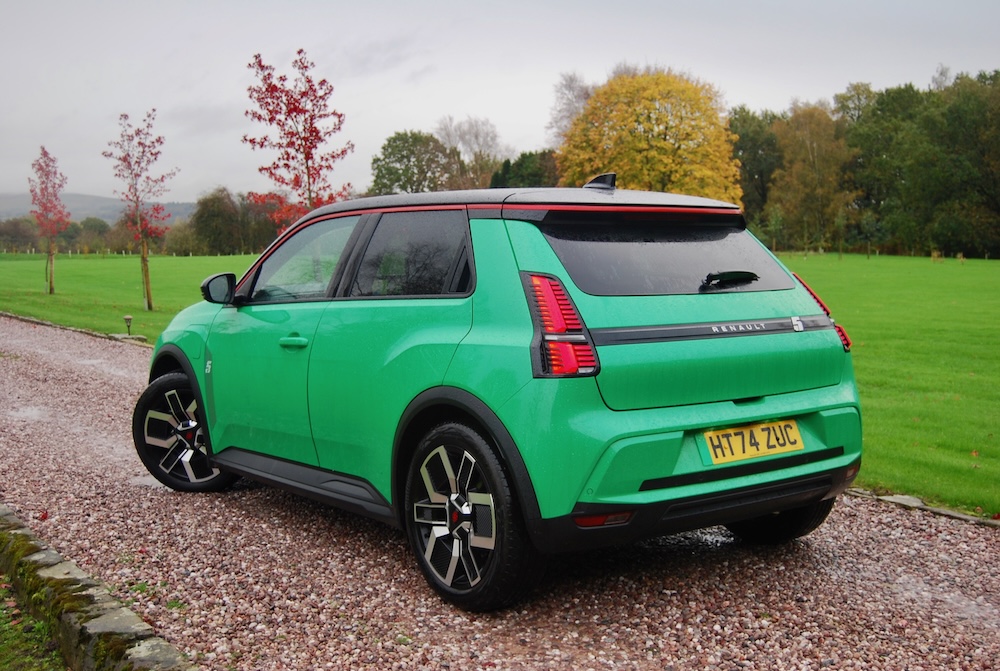
A new approach; look to the past
With the new 5, Renault has tried a totally different approach. Anyone lucky enough to remember the original 5 will look upon this new version with warm, fuzzy reflection. It’s obviously quite a lot larger in every way and there’s some new features to look at but the basic shape is unmistakably based on Michel Boué’s 1970s design.

One aspect of the original 5 that does suit the modern electric car look is that it didn’t really have a front grille as such. There were obviously gaps there to keep the radiator cool but they were well hidden and that lends itself perfectly to aerodynamics and a battery’s preference to keep warm.
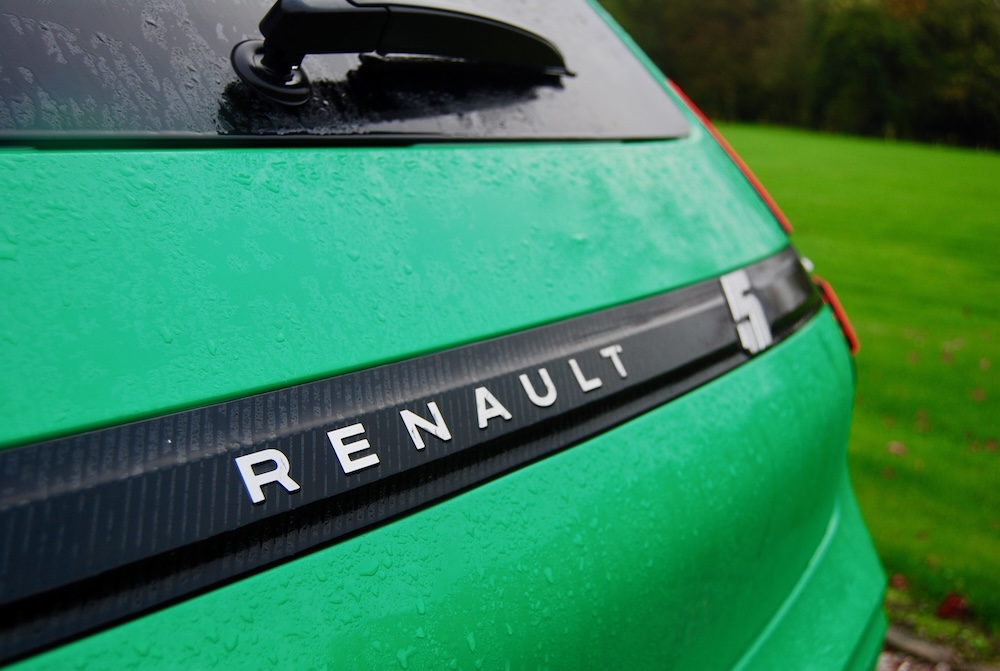
Retro it may be but there’s been some pretty major visual upgrades to keep the new 5 fresh and modern looking. Most noticeable are the headlights that almost keep their rectangular form but have had some droops added onto the bottom corners that give an eye-like look. The roof ‘floats’ above the C-pillar and the rear door handles are hidden to give this 5-door only car a 3-door hatch vibe. One of our favourite features is the viewing window towards the rear of the bonnet that harks back to the very first 5’s bonnet vent. It contains an illuminated 5 that loses bars as charge drops, much like the battery meter on a mobile phone.
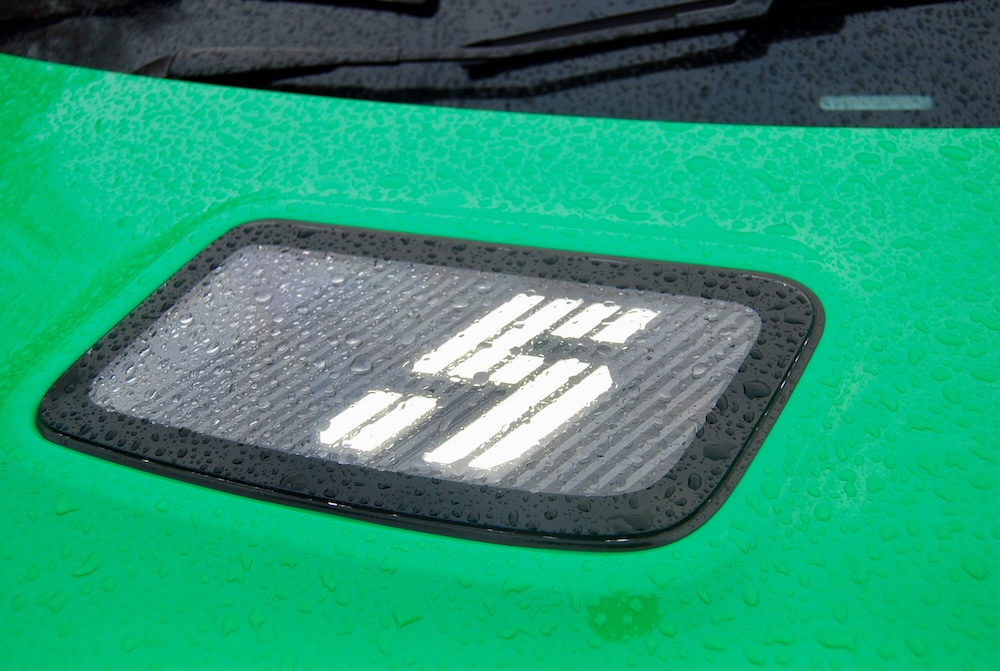
What’s it like inside?
Inside the 5 the theme continues with some lovely design features that have been taken from the original and refreshed. The dashboard stitching apes the original 5’s solid dash and the roof has a waffle effect. Much of the trim is made from recycled material, in our case denim and it all just has a fantastic blend of new and old.

The key’s a hands-free card that’s been used in previous Renaults and the stereo controls that protrude from the steering column take me back to a Clio from the 2000s. Raiding the parts bin or glorious reminiscence?; probably the latter but, frankly, when it looks and feels this good we don’t care.
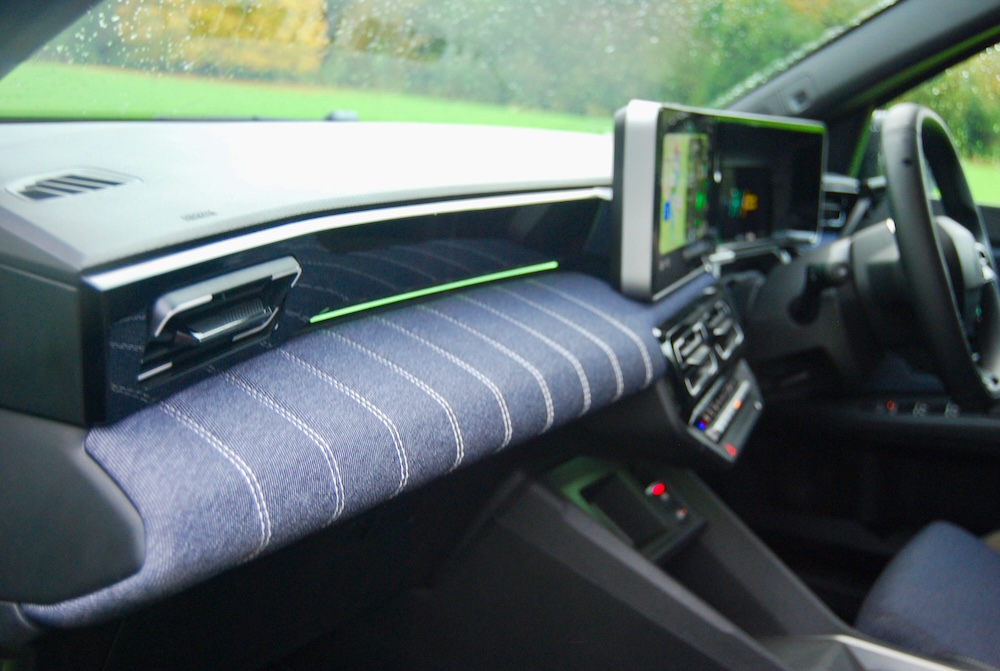
There’s thankfully plenty of physical buttons for the driver the play with and the infotainment system, whilst not being the largest or the highest definition is extremely cleverly thought out with shortcuts to what you actually want permanently on show.

Just about roomy enough in the back
The 5 is chunky, definitely, but it’s still a fairly small car and any passengers in the rear seats probably wouldn’t relish a drawn-out road trip. The front seats sit surprisingly low for an electric car so you don’t feel like you’re perched up high when driving; it’s actually quite a sporty driving position. At 365 litres the boot isn’t the largest and if you pop the bonnet there’s electrical gubbins under there, not an extra storage space like some.
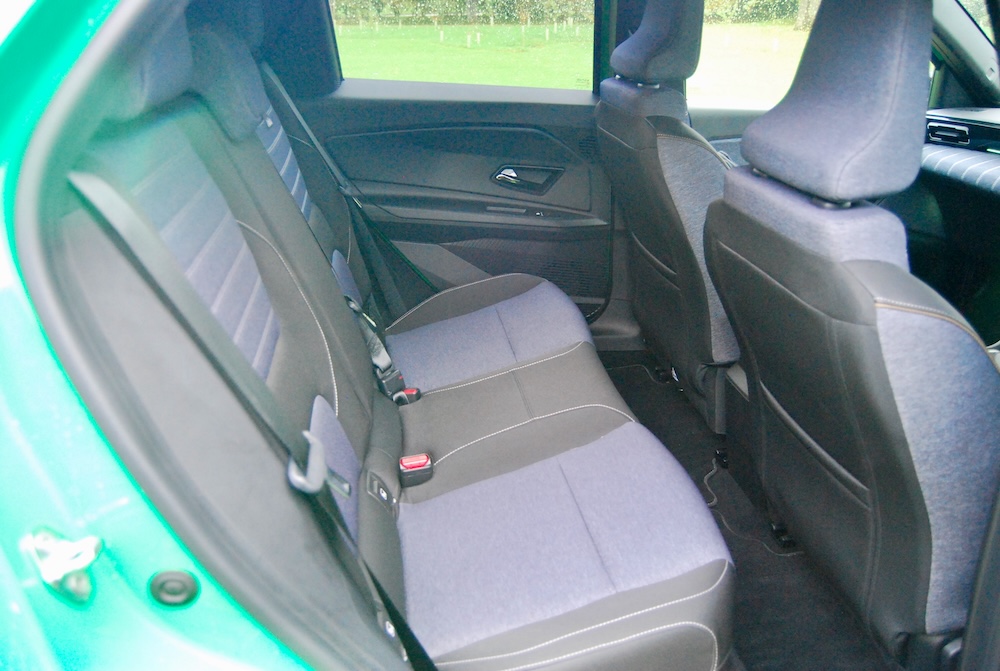
How does it drive?
The driving experience of the new 5 is one its most endearing features. This is the most accurate recreation of a petrol hot-hatch we’ve come across, except for the lack of gear change, obviously. The way the steering weight increases with speed rather than be assisted to death is such a clever set up. The brakes have been just as cleverly set up on the 5 and the transition from re-gen to physical braking is seamless. The only complaint we’d have is the brake pedal that sits too high.
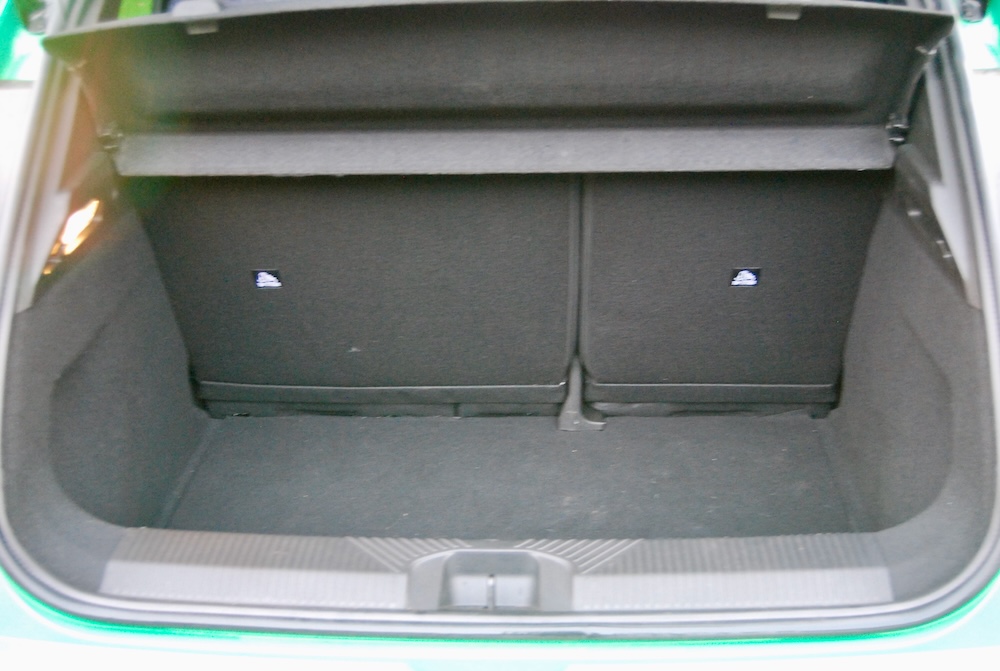
How powerful is it?
When you spec your 5 the first selection you make is whether you want 120bhp or 150bhp and the choice you make determines which specs are available. Go for the lesser powered version and 0-62mph comes around in 9.0s. If a bit more performance is your thing the 150bhp Renault 5 knocks over a second off that at 7.9s. The larger battery in the more powerful version also increases range from 190 miles to 250 miles.
Drive modes are controlled by a button on the steering wheel labelled MultiSense. Go for Eco mode and the 5 not only achieves the claimed range but can actually go beyond it and that’s always welcome. The way the 5 tackles imperfections in the road surface isn’t spongy like the original 5 but it’s far from crashy too. It soaks bumps and potholes up admirably without any of the dreaded shocks feeding through to the car’s body.
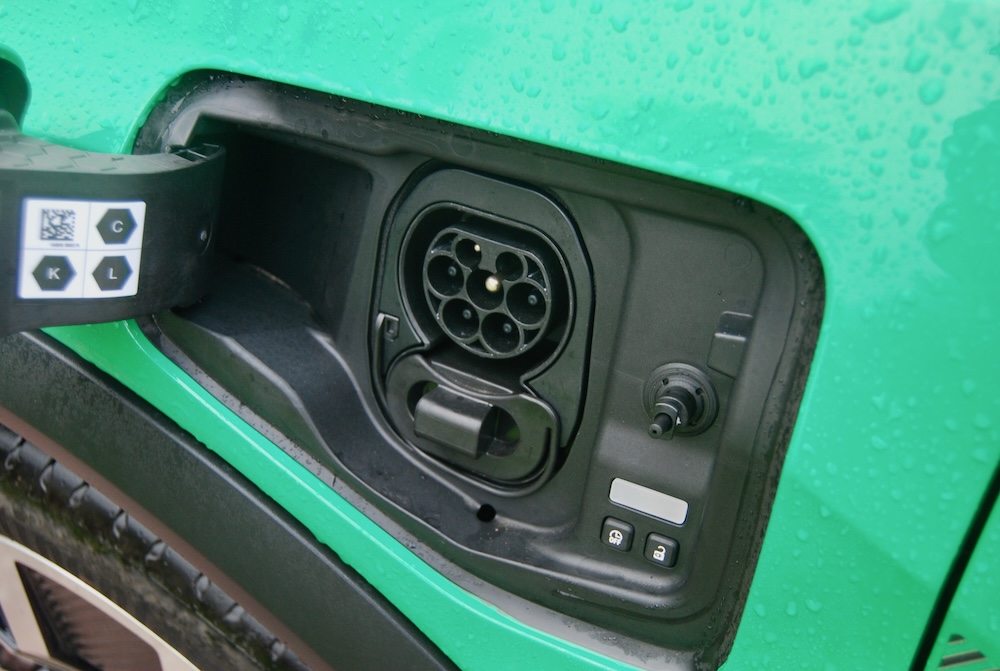
How much does it cost?
The base model Renault 5 starts at just £22,930, minus the electric car grant that currently stands at £1,500, and that’s quite surprising when you consider the electric Mini starts at £26,905 and the Fiat 500e is £25,505. For that you get a heat pump as standard and one of the most impressive features; bi-directional charging so you can charge when it’s cheap and then sell it back to the grid when the price goes up. Genius.

Should I buy a Renault 5?
The Renault 5 isn’t just good, it sets a new standard in compact electric cars. From the way it looks to the way it feels to how it drives, Renault has absolutely nailed it here and quite rightly really as they plan on selling them by the bucket load. The new 5 isn’t just practical and clever, it’s genuinely appealing.
By Ben Harrington
The Renault 5 is available now, priced from £22,930. For full details go to: www.renault.co.uk
Leave a Reply